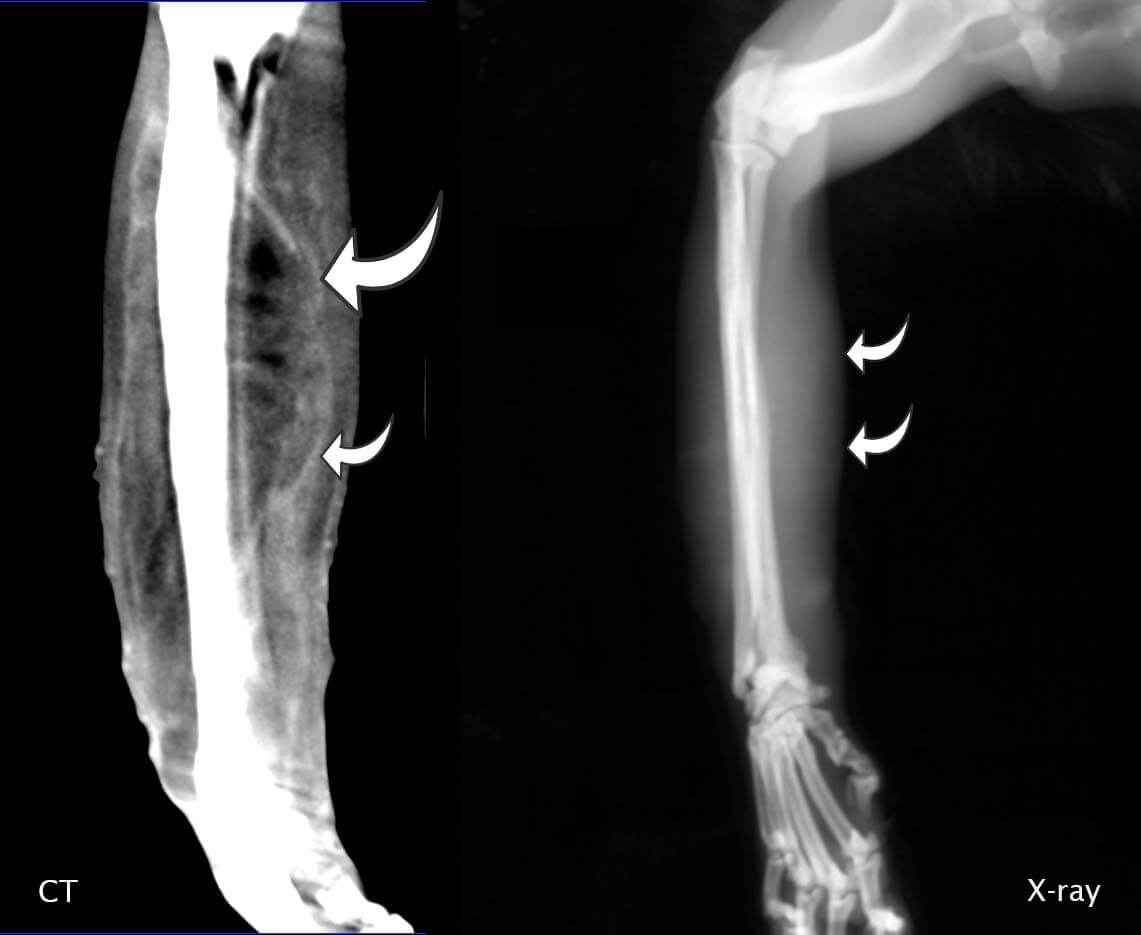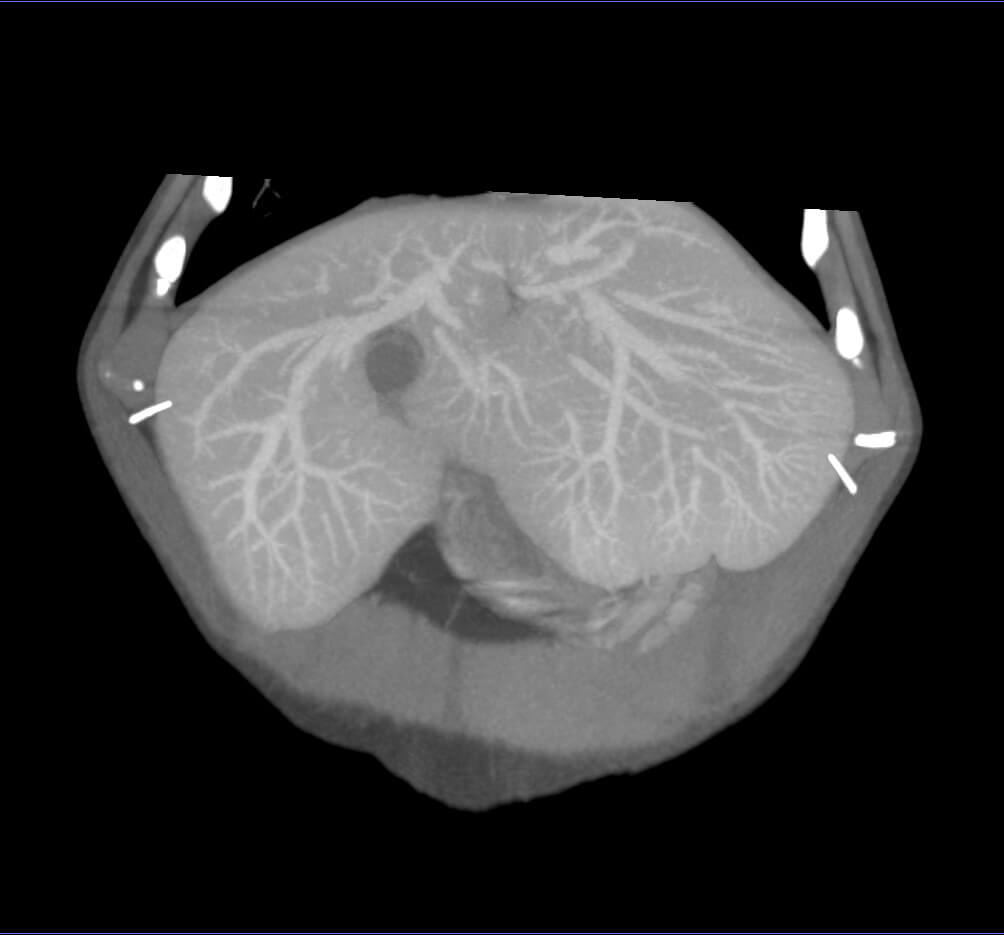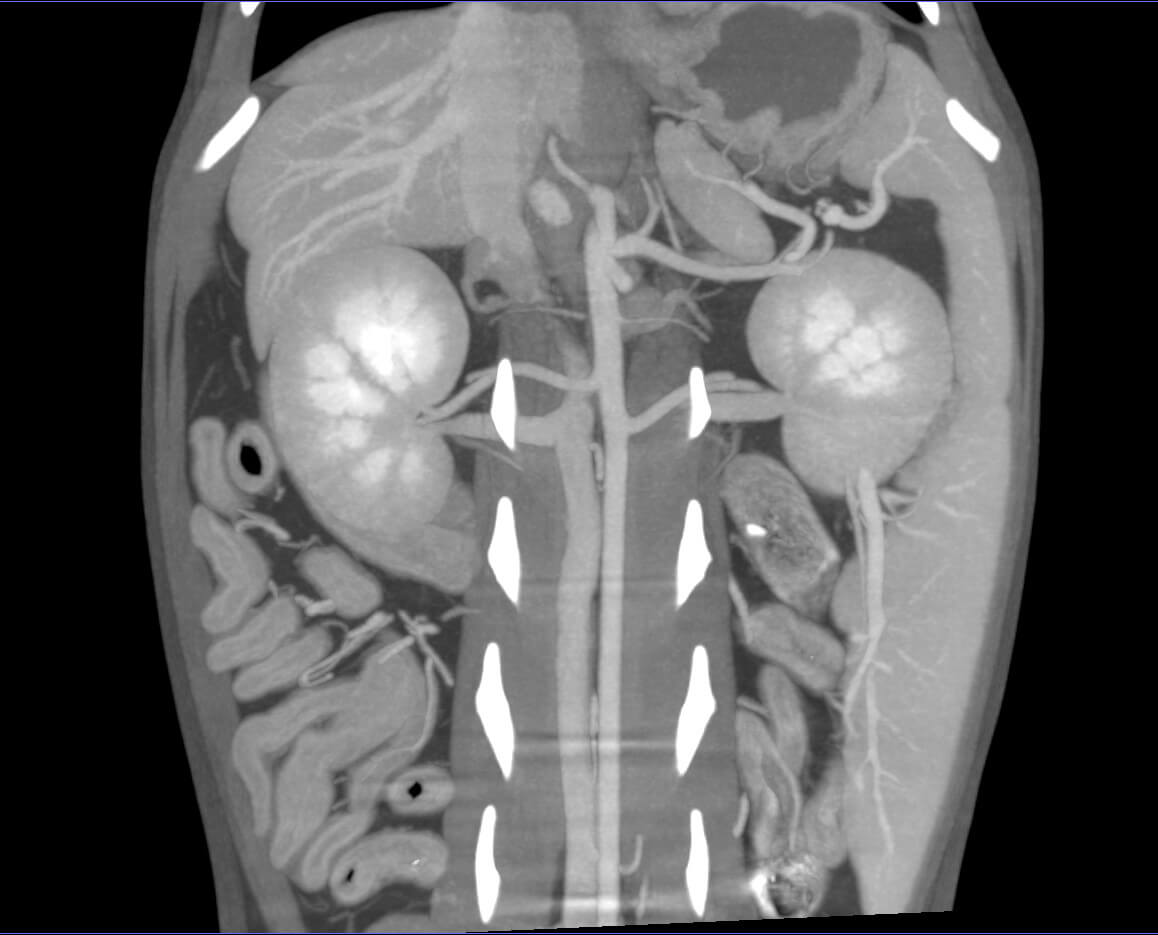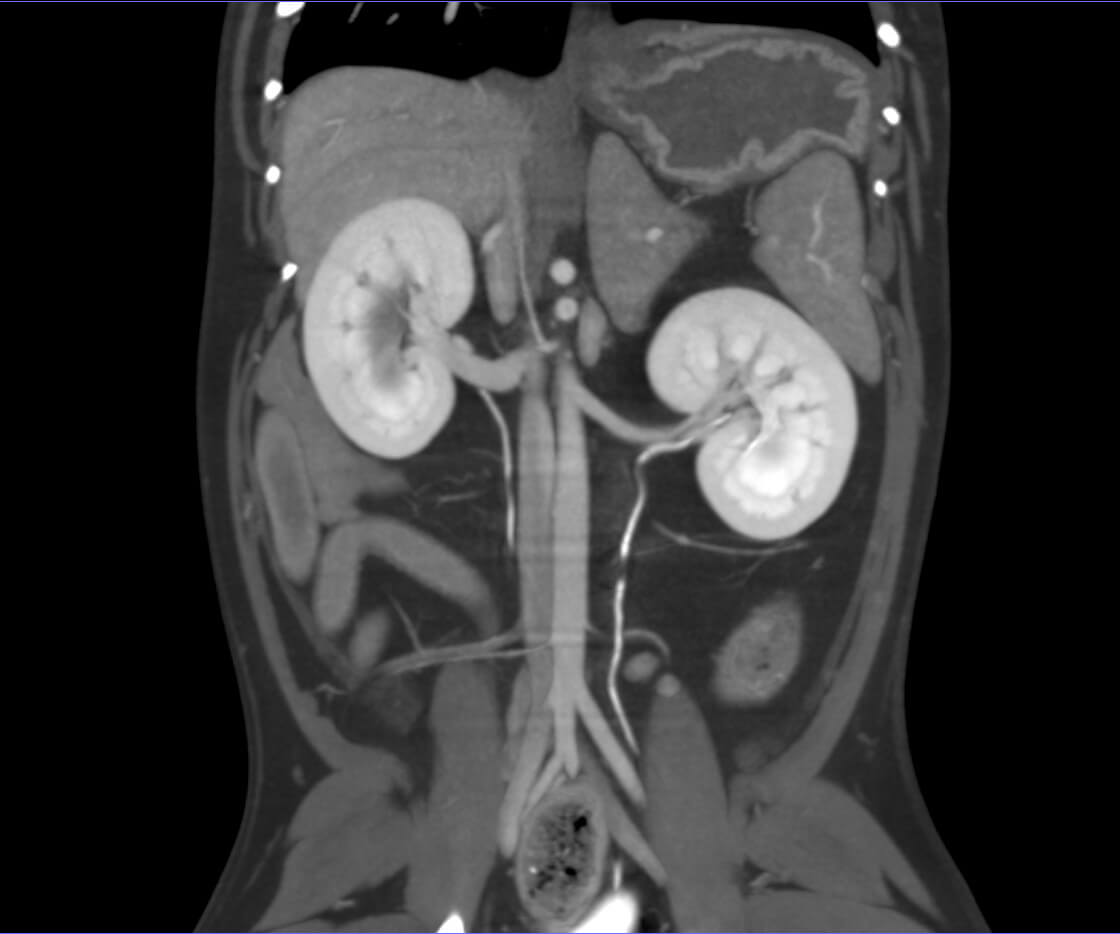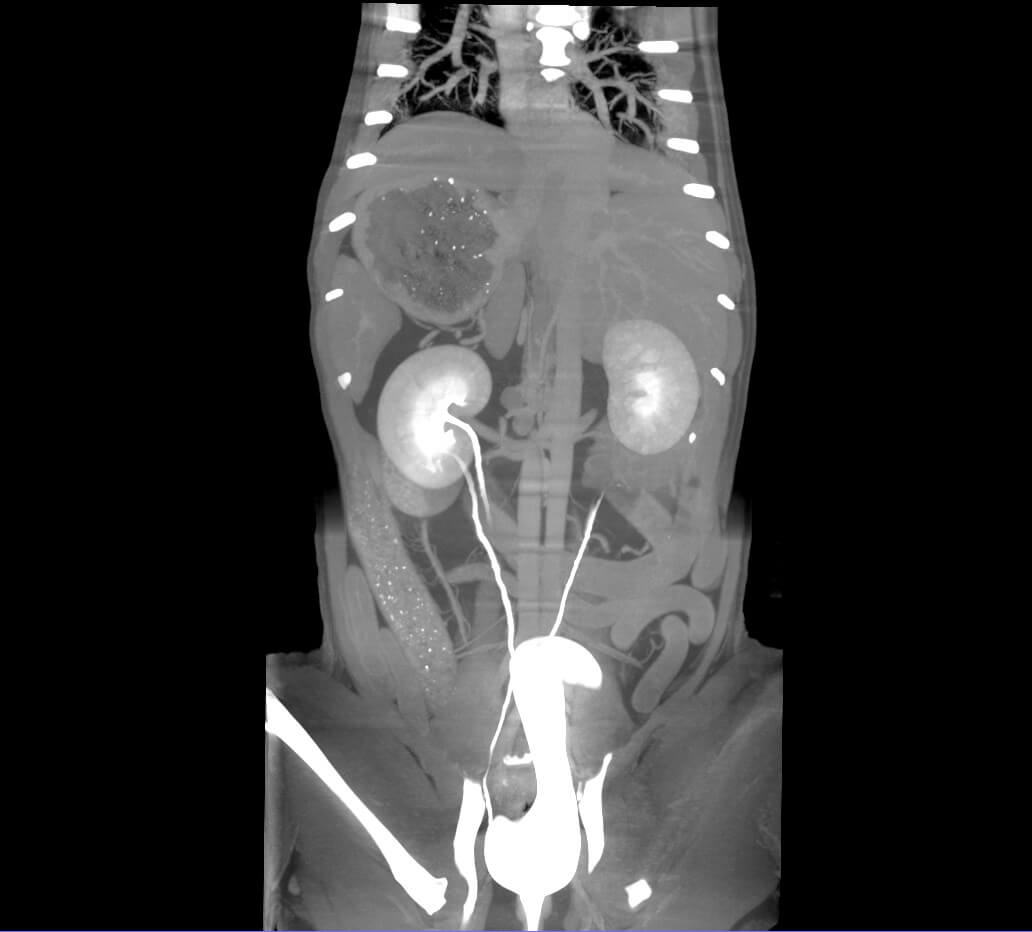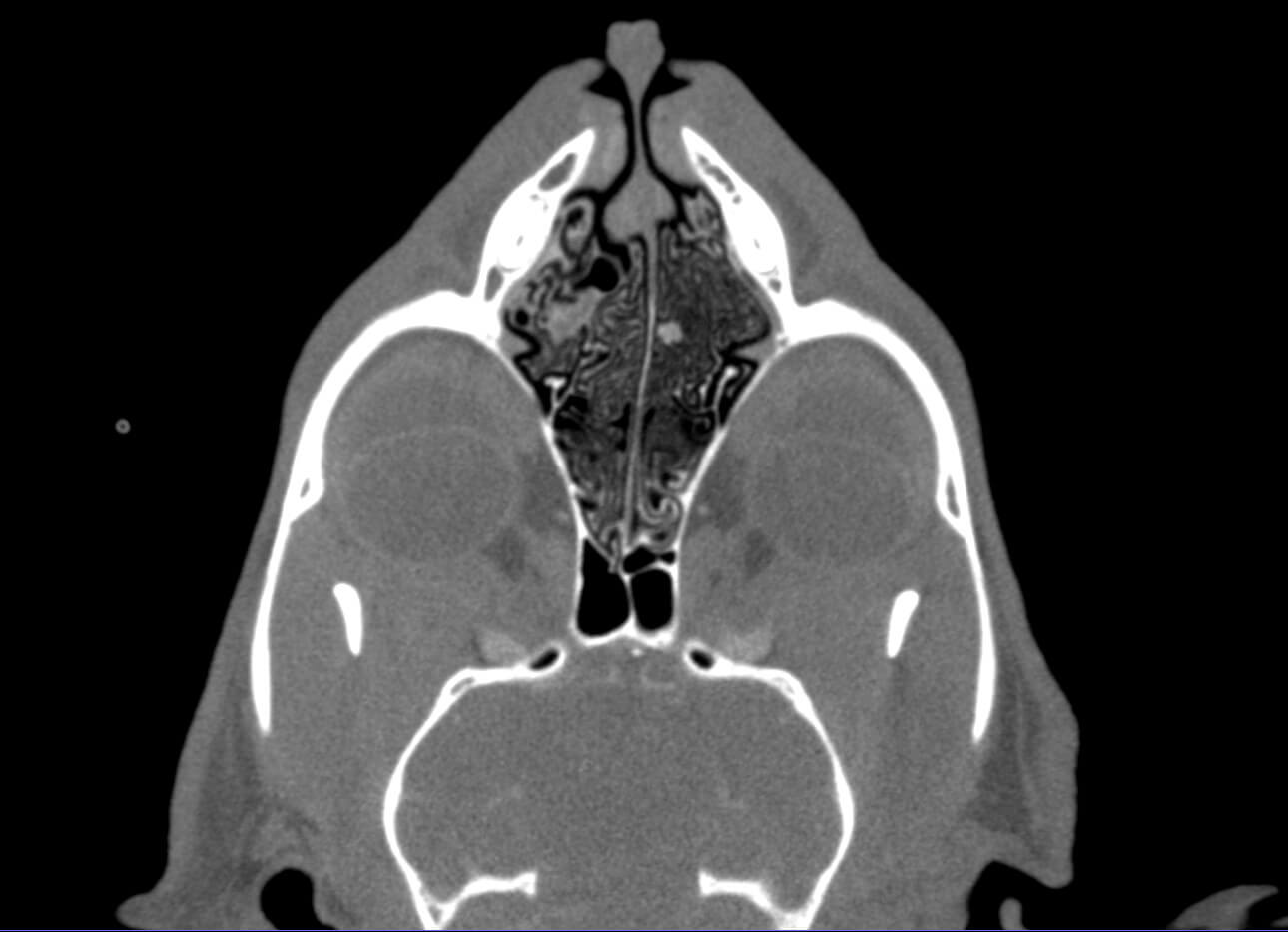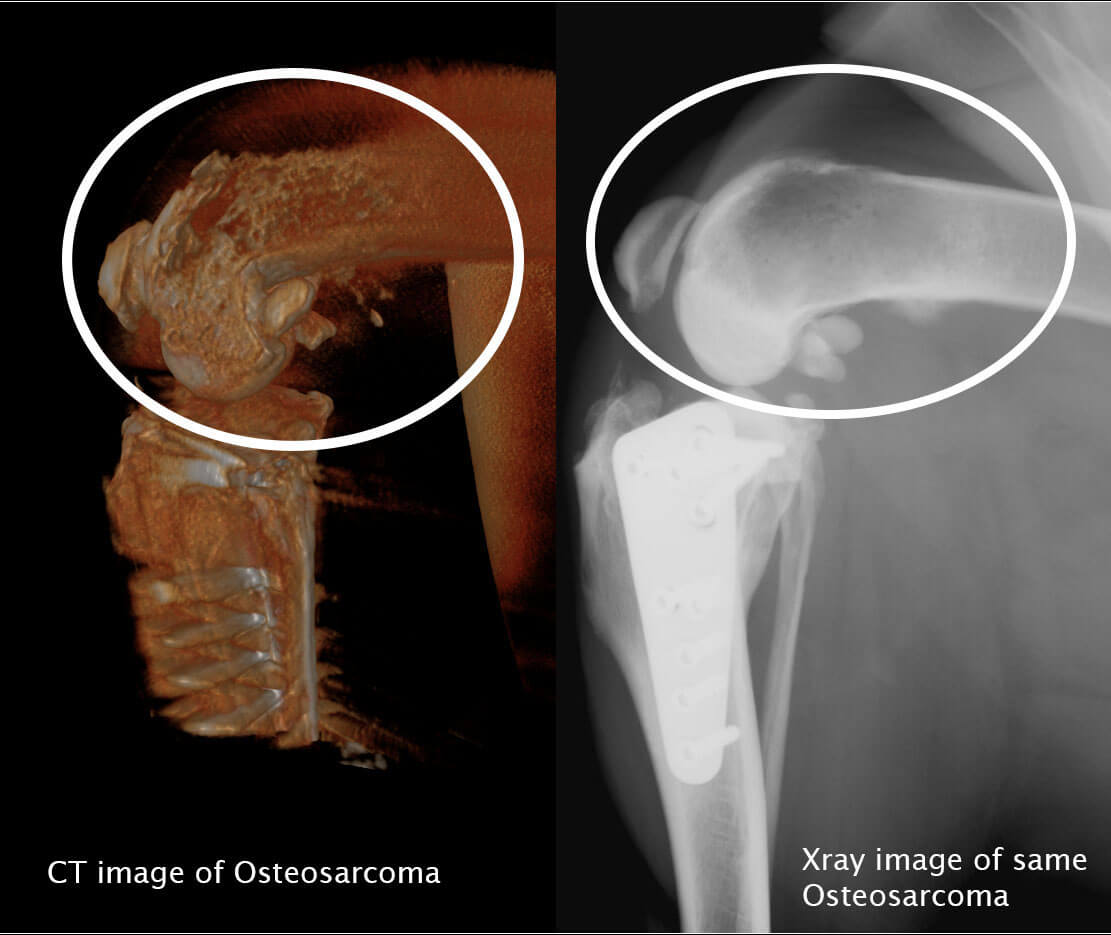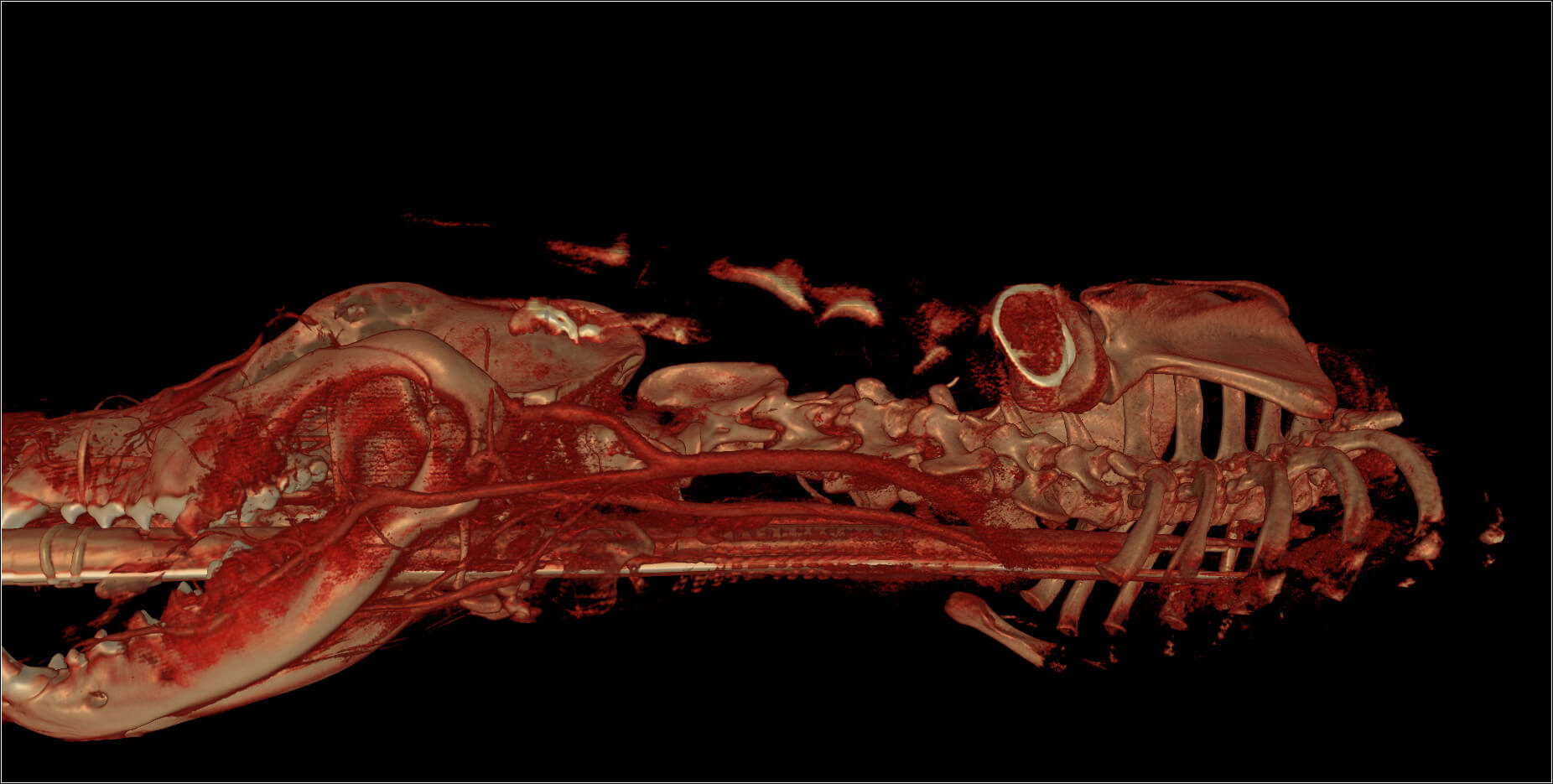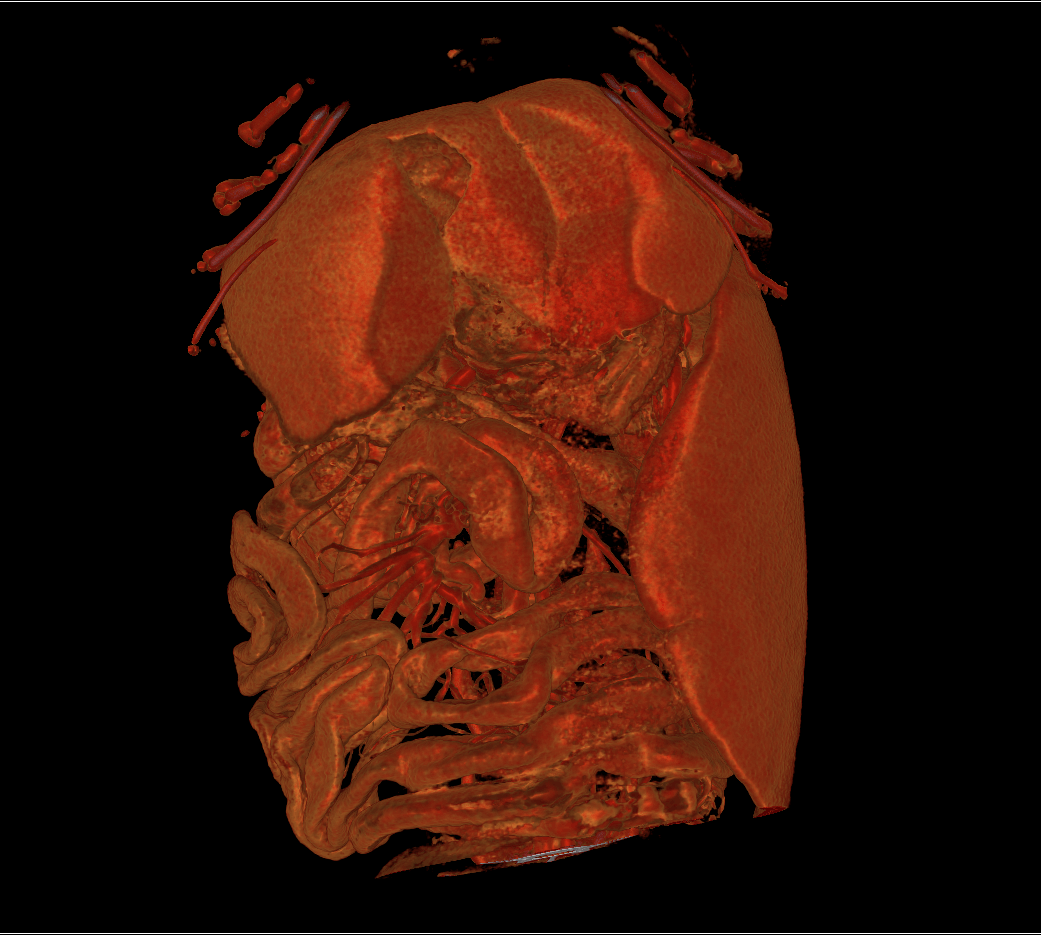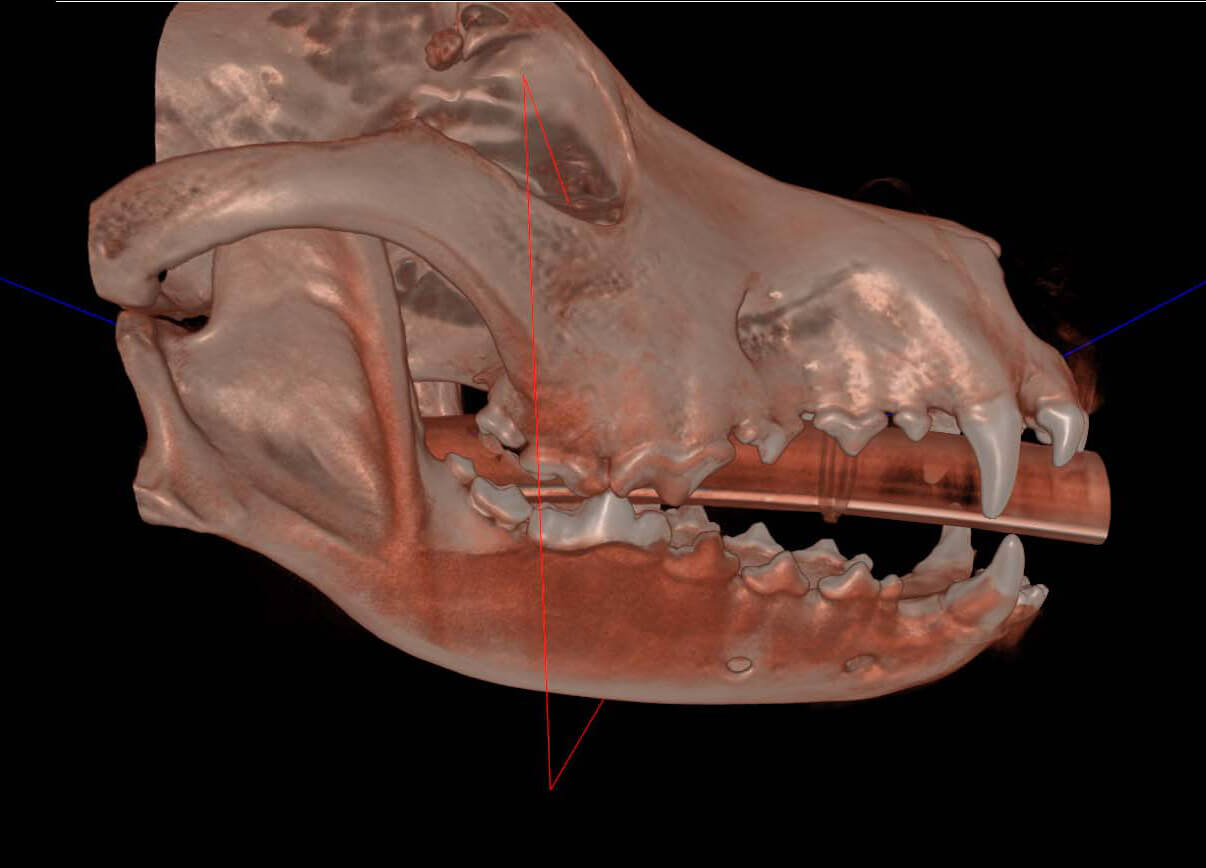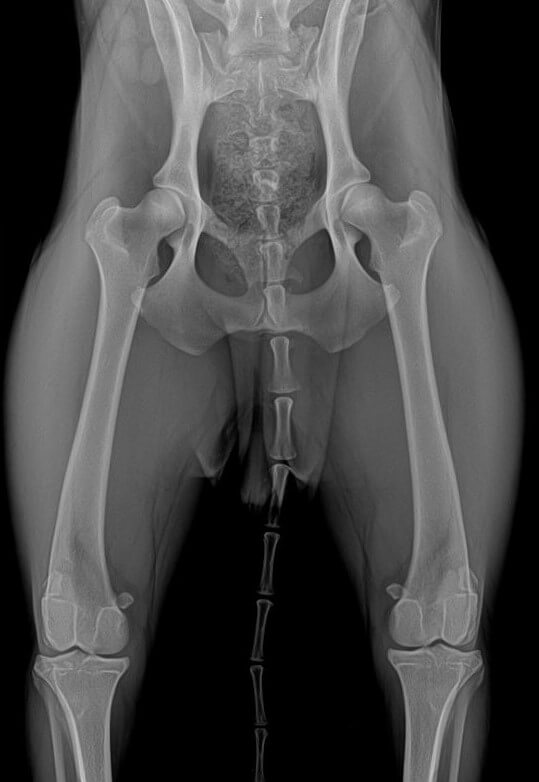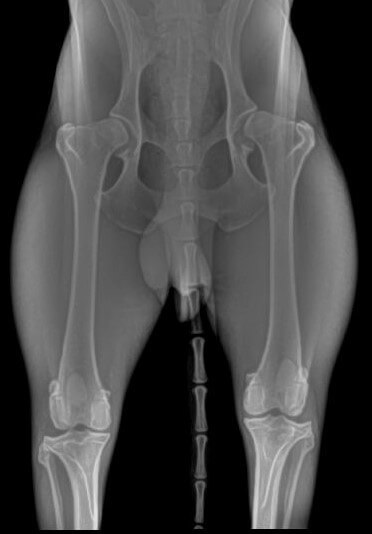Veterinary CT Scans for Dogs, Cats, and Exotics
Veterinary CT scans are becoming increasingly valuable for veterinarians to effectively diagnose many conditions in dogs, cats, and exotics. However, the cost can often be too high for many pet owners to afford, and you may have to travel to large cities with hard-to-get-into specialists.
At Pierz Veterinary Clinic, we’re proud to offer the only CT scanner in Central Minnesota. As a small-town practice, we strive to provide advanced services at a reasonable cost.
Common Diseases Diagnosed with CT Scans
CT scans are used to diagnose a variety of conditions in pets, including:
- Nasal disease
- Head trauma
- Lung diseases
- Middle and inner ear disorders
- Tumors
- Fractures
- Brain or spinal conditions
- Dental disease
- Joint and soft tissue injuries
Preparing Your Pet for a CT Scan
Your veterinarian will provide you with specific instructions on how to prepare your pet for a CT scan. In general, your pet will need to fast for several hours before the procedure. Your pet may also need to be sedated or anesthetized during the scan to ensure they remain still.
How Long Does a CT Scan Take?
A CT scan with the full procedure may take up to an hour. However, most of that time is spent preparing the pet for anesthesia, positioning them for the scan, and recovering them from anesthesia. Each scan takes approximately 1-2 minutes.
What if I Think My Pet Needs a CT Scan?
If you are one of our regular clients, please give us a call and we can discuss if a CT scan is necessary for your pet. If you are not a client of ours, our goal is to provide imaging services so that your vet can better diagnose your pet. Please give us a call for pricing questions. Your veterinarian will need to send in a referral form for us to review, if you are looking for this form, click here
How Does a CT Scan Work?
A CT (computed tomography) scan is a diagnostic imaging tool that uses X-rays to create detailed images of the inside of your pet’s body. During a CT scan, an X-ray tube moves around the body and continuously projects a thin fan of X-rays through the body. Electronic detectors opposite the tube continuously monitor the number of X-rays passing through the body and the angle at which the beam is being projected. A computer calculates the density of the tissue and can visualize it in 3D with much higher precision than traditional X-rays.
When Would My Pet Need a CT Scan Instead of X-rays?
Many times your pet can be diagnosed with X-rays, but they often lack specificity. Our CT scanner is one of the highest-definition scanners in Minnesota, being able to go down to 30 microns in its definition (which is really small). This helps us better diagnose tumors, lung diseases, intervertebral disk disease, nasal diseases, dental diseases, and plan complex fracture repairs as the broken bone can be visualized in 3D.
Is the Radiation from a CT Scan Safe for My Pet?
The radiation from a CT scan can be significant but is considered safe for most pets even with several sets of images. If we order a CT scan or your vet orders one, we have evaluated that the radiation risk is lower than not accurately diagnosing the problem.
Does My Pet Have to Go Under Anesthesia?
Yes, under most circumstances your pet will need to go under anesthesia for the duration of the procedure. In some emergency cases no anesthesia may be performed but for best quality images and least radiation exposure your pet has to sit perfectly still which can only be ensured by anesthesia.
When Would My Pet Get an MRI Instead of a CT Scan?
An MRI can be used to diagnose several conditions that are harder to diagnose with a CT scan. Your veterinarian will discuss with you the best imaging option for your pet’s specific condition.
Link for Veterinarians
Are you a veterinarian looking to refer a patient for a CT scan?
Please click here for more information
























